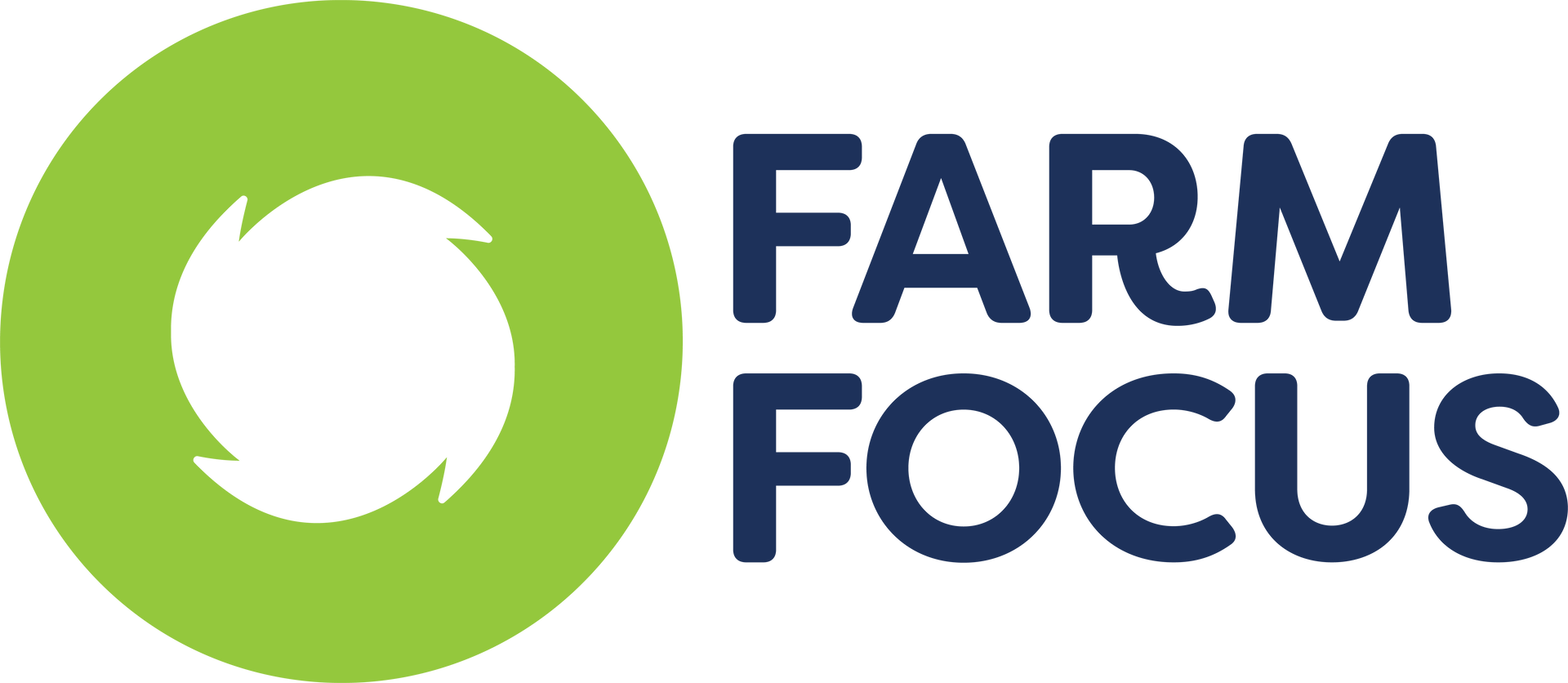Wrap up: all you need to know about the Government’s COVID-19 wage subsidy scheme
Wrap up: all you need to know about the Government's COVID-19 wage subsidy scheme
This commentary applies to wage subsidies made under scheme after 4pm on 27 March 2020.
Wage subsidies are available for businesses significantly impacted by COVID-19.
The subsidy is for 12 weeks. It is:
· $585.80 per week for a full-time employee (20 hrs or more)
· $350.00 per week for a part-time employee (less than 20 hrs).
The payment is made as a lump sum to the employer - $7,029.60 for a full-time employee and $4,200 for a part-time employee.
Sole traders and the self-employed are an "employee" for the purposes of this subsidy.
Criteria
The wages subsidy is available for businesses that have experienced a 30% decline in revenue (actual or predicted) that is related to COVID-19 for any four weeks between January and 9 June 2020 compared to the year before.
To qualify for the subsidy, the business must:
· be physically located in New Zealand
· if the employers is a company, it must be registered with the NZ Companies Office
· have employees that are legally working in New Zealand
· have taken active steps to mitigate the impact of COVID-19 before making the application (including but not limited to engaging with your bank, drawing on your cash reserves as appropriate and making an insurance claim);
· retain the employees for the period of the subsidy.
The subsidy applies to the following businesses:
· sole traders
· self-employed persons
· companies
· registered charities
· non-government organisations
· incorporated societies
· post-settlement governance entities.
Decline in revenue
The business must have experienced a minimum 30% decline in actual or predicted revenue over the period of a month when compared to the same month last year. (For new businesses that have been operating less than a year, a reasonably equivalent month). The revenue loss must be attributable to the COVID-19 outbreak.
"Revenue" means the total amount of money a business has earned from its normal business activities, before expenses are deducted.
Retain the employees for the period of the subsidy
Employers must agree that, for the duration of the subsidy, they will make best efforts to retain those employees for which the subsidy is paid. Employers must also:
· Make best endeavours to pay staff at least 80% of their usual wages; if that isn't possible, to pay at least the rate of the subsidy that applies to that employee. This applies even if all business activity has ceased.
· However, if the employee's usual wages are lower than the rate of the subsidy, continue paying that lower amount for the duration of the subsidy.
Employee consent
Businesses must discuss with their employees and gain their consent (in writing, if applicable) to sharing their personal information with the Ministry of Social Development. Details required to be shared will include:
· name
· date of birth
· IRD number
· employment type (whether they are full-time or part-time).
Details required on the application form
Businesses must supply:
· the business IRD number and New Zealand Business Number (NZBN) if applicable
· business name, address and contact details
· name
· address
· employee details for those in the application (name, date of birth, IRD numbers, whether full or part-time).
Business interruption insurance
You must repay the subsidy (in whole or part) if you receive business interruption insurance for any costs covered by the subsidy.
Employees with fluctuating hours
Businesses with employees on fluctuating or variable hours should use an average to work out whether to apply for the full-time or part-time rate. For example, a business could use the average hours worked each week:
· over the last 12 months, or
· if employed for less than 12 months, over the period of time you the employee has been with the business.
COVID-19 wage subsidy: tax consequences
The Government's 12-week wage subsidy (available for both employees and the self-employed) is paid in one lump sum to the employer.
The tax treatment for the employer is as follows:
· the lump sum is excluded income
· no GST applies to the lump sum receipt
· when the payment is passed on to employees (either in one lump sum or spaced out so that it is paid as part of the employee's usual wage payment cycle) no deduction can be claimed
· PAYE must be deducted.
The tax treatment for the employee is as follows:
· the payment is taxable remuneration and subject to PAYE, ACC levies, KiwiSaver contributions and student loan repayments at the date of payment.
· the payment is also a taxable receipt for the self-employed, shareholder-employees, partners in a partnership and sole traders (all of whom are treated as the employee for the purposes of the wage subsidy).
If the wage subsidy is being paid in one lump sum (or other than according to the employee's usual pay cycle) this should be discussed with the employee, as adverse tax consequences could result. For example, if the payment was made in one lump sum before 1 April 2020, this could push the employee into a higher tax bracket and/or could affect their eligibility to receive family tax credits and other entitlements.
References:
Income Tax Act 2007, ss CX 47, DF 1.
Goods and Services Tax Act ss 5(6D), 5(6E), 89
Goods and Services Tax (Grants and Subsidies) Amendment Order 2020
Tax treatment : Commentary:
Those that receive a wage subsidy will receive a lump sum which represents a number of weeks before and after balance date. We recommend coding the wage subsidy received to a separate Sundry Income code (No GST).
Thinking through the mechanics of this and how it effects your tax position.
For March Balance dates when preparing your annual accounts we will need to either:
a) Ensure the wage expense is reduced by the amount of wage subsidy that applies for the period up until balance date, by an amount that represents the number of pay periods and number of employees of wage subsidy received. That is; if there has been one pay period for five employees, a total of $2,929 ($585.80 x 5) would need to be recognised as a reduction of the wage expense.
Or
b) Show the amount of wage subsidy received for the period as sundry income. A total of $2,929 ($585.80).
In both cases the balance of the wage subsidy actually received not yet used to offset employee costs shall be recorded as income in advance as a liability on the Balance Sheet/Statement of Financial Position. This liability will be extinguished in the 2021 year as the period of wage subsidy is used up.
We believe the option of showing the wage subsidy received for the period as sundry income is much easier and will not distort total wage expenditure for management and comparative purposes. The correct tax position is also calculated.
Employment law obligations
Employers receiving the wage subsidy are subject to the following:
· any changes to an employment agreement (including to rates of pay, hours of work and leave entitlement) cannot be made without the written agreement of the relevant employee
· employers can pay the wage subsidy to their employees according to their usual pay cycles, or at other intervals as agreed with the employee
· employees cannot be compelled or required to use their leave entitlements for the period that they receive the wage subsidy
· employers must retain the employees named in the application for the period that the subsidy is received
· the subsidy can only be used for the purposes of meeting the named employees ordinary wages and salary
· employers remain responsible for paying their employees ordinary wages and salary
· The ordinary wages or salary of an employee are as specified in the employee's employment agreement as at 26 March 2020. (For employees who have left the business as a result of the business being adversely affected by COVID-19, but have been subsequently re-employed on or after 17 March, the wages or salary are as those as at the date that the employment relationship ended).
Note that the previous sick leave scheme has been merged into the wage subsidy scheme to prevent double-dipping. Originally designed when few people were in self-isolation, it is no longer fit for purpose. The Government is working on arrangements for those in essential work requiring sick leave due to COVID-19.
For more information see:







